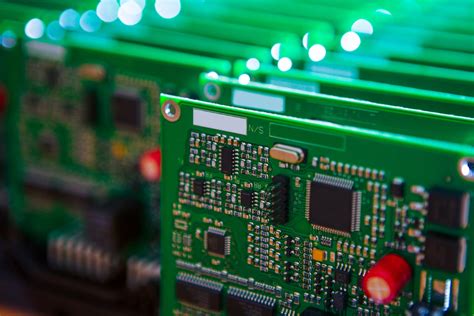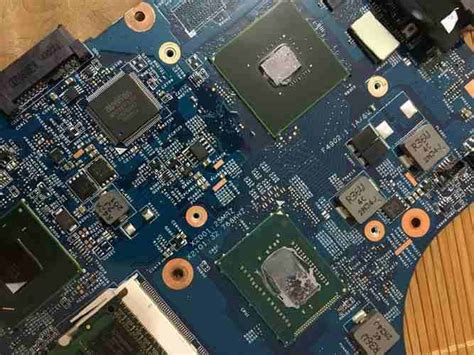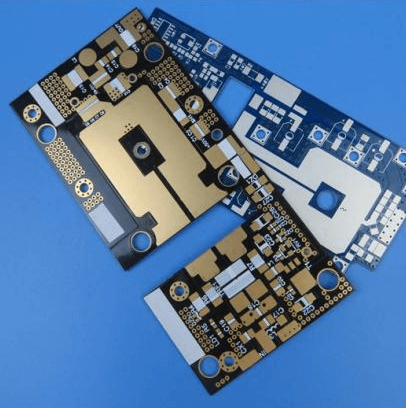A brief discussion on why PCB size expands and shrinks and solutions
During the PCB processing process, from the transfer of the inner layer circuit pattern of the PCB substrate to several times of lamination until the transfer of the outer layer circuit pattern, the panel will expand and shrink in different directions in the warp and weft. From the entire PCB production FLOW-CHART, we can find out the reasons and processes that may cause abnormal expansion and shrinkage of the board and poor dimensional consistency:
1.Dimensional stability factor of PCB substrate incoming materials Dimensional stability of PCB substrate incoming materials, especially the dimensional consistency between each lamination CYCLE of the supplier.
Even if the dimensional stability of different CYCLEs of the same specification PCB substrate is within the specification requirements, due to poor consistency between them, it may cause the pattern size of subsequent batch production panels to exceed the tolerance due to the difference between different batches of panels after the reasonable inner layer compensation is determined in the first trial production of the panel.
At the same time, there is another material abnormality that the panel is found to shrink during the process from the transfer of the outer layer pattern to the shape process.
During the production process, some batches of panels were found to have serious shrinkage in the width of the panel and the length of the shipping unit relative to the outer layer pattern transfer ratio during the data measurement before the shape processing, with a ratio of 3.6mil/10inch. After investigation, the X-RAY measurement and outer layer pattern transfer ratio of the abnormal batch of boards after outer layer lamination are within the control range. At present, no better method has been found for monitoring in process monitoring.
2.Panel design factors Conventional panel designs are symmetrical designs, and have no obvious effect on the graphic size of the finished PCB when the pattern transfer ratio is normal.
However, some boards use asymmetric structure design in the process of improving sheet material utilization and reducing costs, which will have a very obvious impact on the consistency of the graphic size of the finished PCB in different distribution areas. Even in the process of PCB processing, we can find that the alignment of such asymmetric design boards in each link is more difficult to control and improve than conventional boards during laser blind hole drilling and outer layer pattern transfer exposure/solder mask exposure/character printing.
3.One inner layer pattern transfer process factors One inner layer pattern transfer process plays a very critical role in whether the size of the finished PCB board meets customer requirements.
For example, if there is a large deviation in the film rate compensation provided for the transfer of the inner layer pattern, it can not only directly lead to the finished PCB pattern size failing to meet customer requirements, but also cause the subsequent laser blind hole and its bottom connection plate to align abnormally, resulting in the insulation performance between LAYER TO LAYER decreasing until short circuit, and the through/blind hole alignment problem during the transfer of the outer layer pattern.
Based on the above analysis, we can take appropriate measures to monitor and improve the abnormalities;
4.Monitoring of dimensional stability and batch-to-batch dimensional consistency of PCB substrates Regularly conduct dimensional stability tests on PCB substrates provided by different suppliers, and track the data differences in the warp and weft directions between different batches of the same specification sheet materials, and appropriately use statistical techniques to analyze the PCB substrate test data. In this way, suppliers with relatively stable quality can be found, and more detailed supplier selection data can be provided to the SQE and procurement departments. For individual batches of PCB substrates with poor dimensional stability, which causes serious expansion and contraction of the board after the transfer of the outer layer pattern, it can only be found by measuring the first board of the appearance production or during the shipment review. However, the latter has higher requirements for batch management, and it is easy to mix boards when a certain number is produced in large quantities.
5.Use a symmetrical structure design scheme in panel design.
Symmetrical structure design schemes should be used as much as possible in panel design to keep the expansion and contraction of each shipping unit in the panel relatively consistent. If possible, communicate with customers and suggest that they allow the position of each shipping unit in the panel to be specifically marked by etching/characters on the process edge of the board. This method will be more effective in panels designed in an asymmetric way. Even if the size of individual units in each panel is out of tolerance due to asymmetric graphics, or even the abnormal connection at the bottom of the local blind hole caused by this, the abnormal units can be easily identified and picked out before shipment, so as not to cause abnormal packaging of customers and lead to complaints.
6.Make the first board with magnification and scientifically determine the transfer magnification of the inner layer graphics at one time.
Make the first board with magnification and scientifically determine the transfer magnification of the inner layer graphics of the production board through the first board; this is particularly important when changing other suppliers’ PCB substrates or P-pieces to reduce production costs. When it is found that a board is out of the control range, it should be determined whether the unit tube hole is a secondary drilling process. If it is a conventional processing process board, it can be released to the outer layer pattern transfer according to the actual situation and adjusted appropriately through the film magnification; if it is a secondary drilling board, the abnormal board should be handled with special caution to ensure that the graphic size of the finished board is consistent with the distance from the target to the tube hole (secondary drilling); attached is a collection list of the first board magnification of the secondary laminated board. 4. PCB board making process monitoring uses the inner layer target data of the board measured when the outer or second outer layer board is produced by drilling the tube hole after lamination, analyzes whether it is within the control range and compares it with the corresponding data collected by the qualified first board to determine whether the board size has abnormal expansion and contraction; after theoretical calculation, the magnification here should usually be controlled within +/-0.025% to meet the size requirements of conventional boards.
By analyzing the reasons for the expansion and contraction of PCB size, finding available monitoring and improvement methods, it is hoped that the majority of PCB practitioners can get inspiration from it, and combine their own actual situation to find improvement solutions suitable for their own companies.







